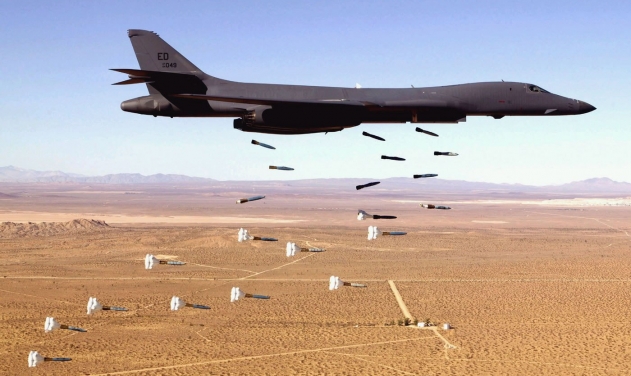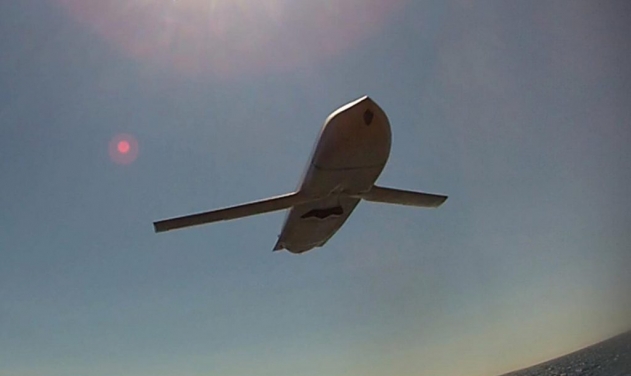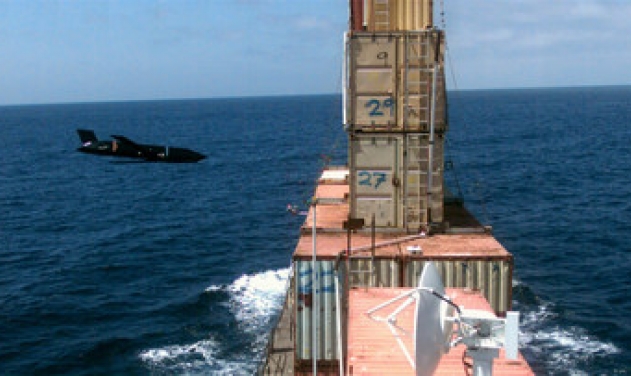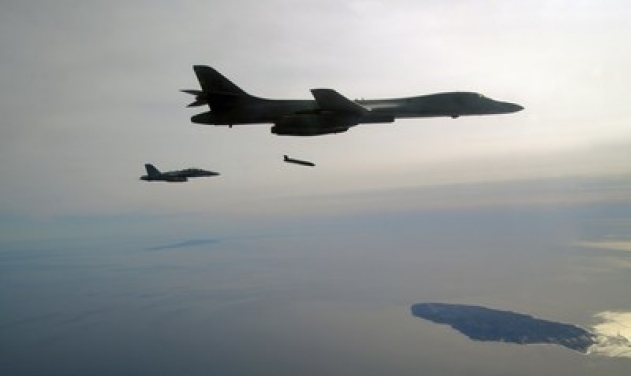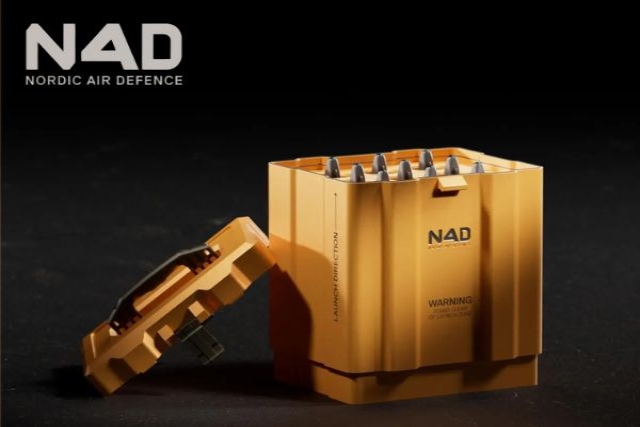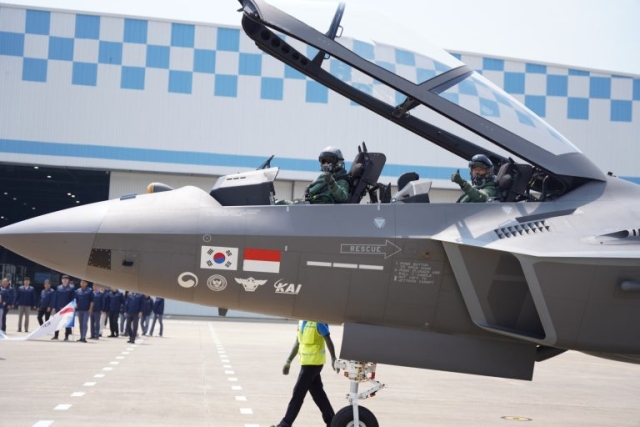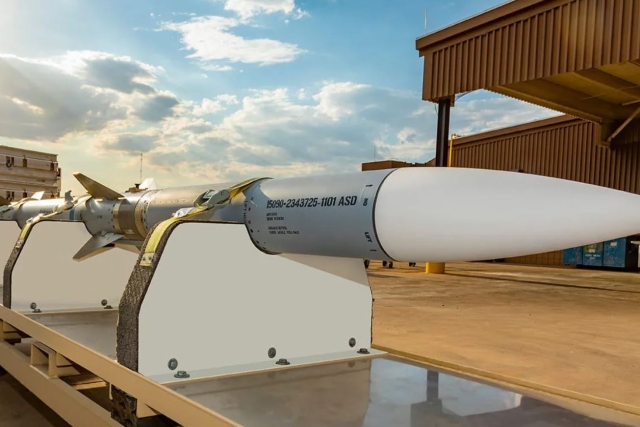USAF B-1B Carrying Bomb Externally Could be Prelude to Hypersonic Missile Test
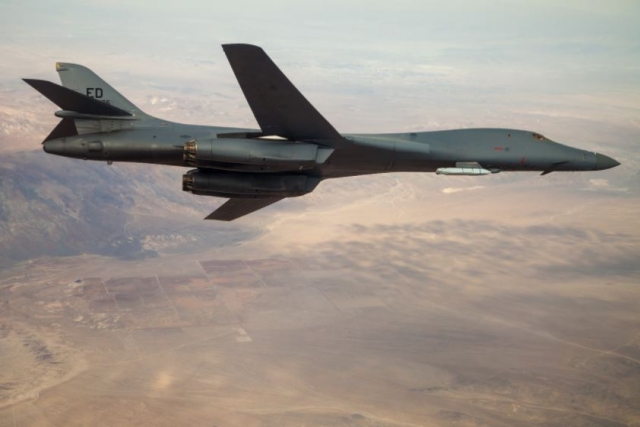
A B-1B Lancer recently flew over the skies of Edwards Air Force Base in California carrying an inert AGM-158 JASSM missile under an external pylon for the first time.
The development may hint at progress made by the U.S. Air Force in arming the aircraft with hypersonic weapons using external pylons. The flight featured a B -1B Lancer assigned to the 412th Test Wing’s 419th Flight Test Squadron, Global Power Combined Test Force. The external pylon of the aircraft typically carries an AN/AAQ-33 Sniper Advanced Targeting Pod.
The AGM-158 Joint Air-to-Surface Standoff Missile (JASSM) integration was part of a demonstration program that the service hopes will lead to these aircraft being certified to carry up to 12 missiles externally. Additionally, the B-1 will carry 24 more of either AGM-158 JASSM or AGM-158C Long Range Anti-Ship Missile derivatives in its internal bomb bays.
The captive carry flight was the culmination of the numerous ground tests that began with last year’s expanded carriage demonstration that included a modified internal bomb bay, which featured a moveable bulkhead. The demonstration showcased a configuration of the B-1 that would allow the aircraft to carry larger-sized weapons both internally and externally.
The pylon that carried the missile is attached to one of six external hardpoints that the aircraft has. They were initially intended to be used to carry special launch racks, each of which could hold two nuclear-tipped AGM-86B Air-Launched Cruise Missiles (ALCM).
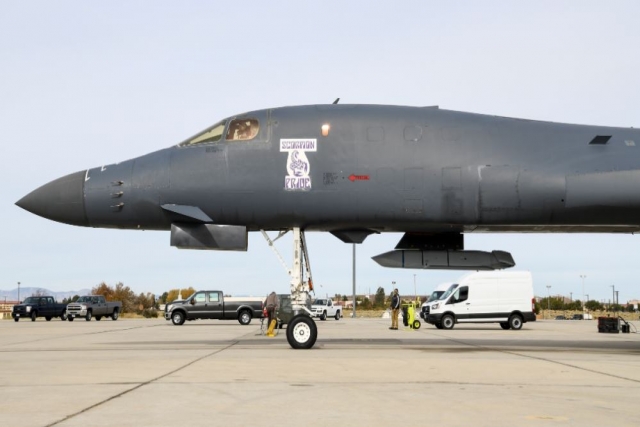
“We’re essentially displaying our external weapons carriage capability,” said Maj. Bret Cunningham, a B-1B test pilot with the 419th FLTS.
This extensive engineering review will help the Air Force understand areas where it needs to focus on to maintain the B-1B as a multi-mission weapon system, potentially laying the groundwork for integration of future weapons on the aircraft.
The B-1B was initially designed to incorporate a moveable bulkhead and usable external hard points for its original nuclear mission, however the U.S. shifted the Lancer’s mission to conventional weapons in 1994. The physical conversion to conventional-only armaments started in 2007 with the Strategic Arms Reduction Treaty (START), and was finished in 2011.
The current expanded carriage demonstrations will keep the aircraft compliant with the New START agreement, which means the Lancer can once again utilize those features while delivering conventional weapons.
“Since the long bay demo last year this has really been our key focus point in 2020; getting ready for this external weapons release demo as kind of the next step in that progression towards external weapons carriage and hypersonic capabilities for the B-1,” Cunningham said. “We’re pretty close to the culmination of this demo event and reaching that next milestone.”
The demonstration could mean a potential boon for combatant commanders as the increase in weapons stores remedies an immediate shortfall due to the limited number of strategic bombers. The proposed increase in capacity means that two bombers would equal to three bombers’ worth of weapons.
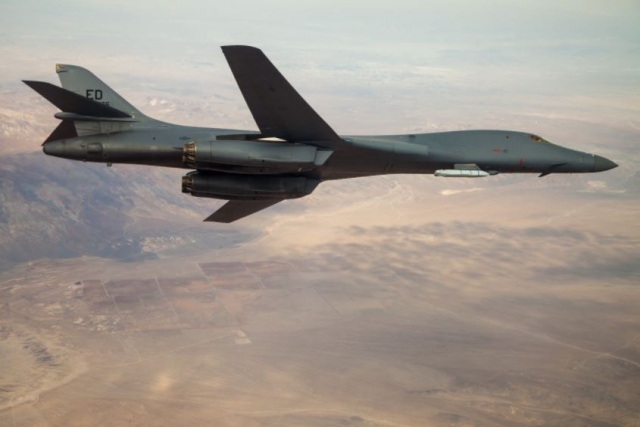
Following the captive carry mission, engineers will then review the data gathered from the flight before moving on to the next of phase of the demonstration; an external weapons release.
“For us, we’re looking to do this safely, since this is the first time we will release a weapon from the external hard point in over 30 years,” said Agustin Martinez, project test lead. “So we pretty much focused on doing a safe build up approach…to make sure the JASSM and the B-1 are communicating correctly; the JASSM has correct surface deployment timelines so once it does get released it will safely separate.”
Engineers within the Air Force Test Center enterprise, B-1 system program office and Boeing will verify both the weapon’s and pylon’s integration with the B-1B. They are also interested in the physical effects, software, and flying qualities of the new shape on the outer mold line of the aircraft, Cunningham explained.
“The Air Force Test Center is enthusiastically teaming with Global Strike to enable greater flexibility in B-1B operational payloads,” said Maj. Gen. Christopher Azzano, AFTC commander. “The external carriage and long-bay mods reflect our ability to keep weapon systems relevant with mid-life upgrades.”
AFTC has a long history of certifying external carriage weapons, Azzano added.
That history of test success and uniqueness of the mission is not lost on testers such as Cunningham and his B-1B flight crew.
“This is a great example of how we are accelerating change to meet our adversaries, and the engineers and operators should be commended for their work in getting this demonstration completed,” Ray added.
This demonstration does not affect the Air Force’s request to retire 17 B-1B bombers in 2021.
